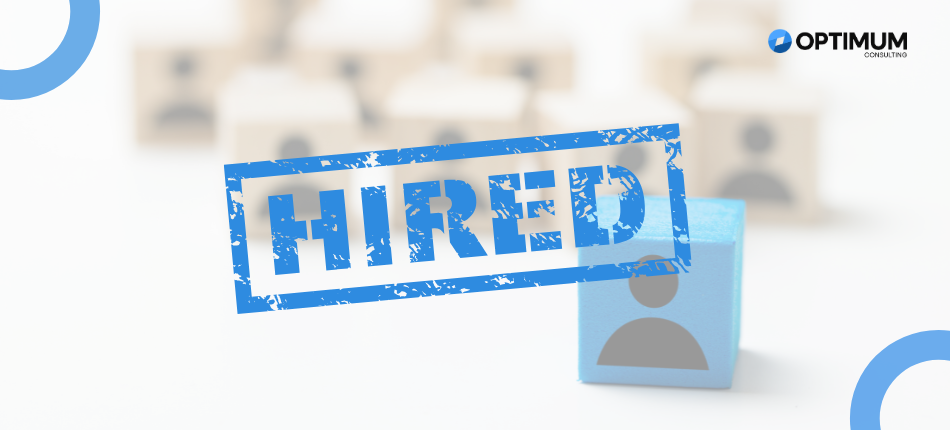by Optimum
Share
by Optimum
Share

Are you tapping into your most valuable resource to mitigate workplace risks?
As a senior leader in your company, you are probably already discussing risks and opportunities with your team. Your company might also be conducting employee surveys and other forms of research to understand the ‘vibe’ of the workplace. But how confident are you that there no nasty surprises lurking on the horizon dressed up as minor irritations?
These are the things that, if not discovered early, will overpower your diary and wipe out your well thought out plans. Risk management is an inherently complex and unpredictable process. Despite your best efforts to foresee and mitigate every possible scenario, unforeseen circumstances can still arise, often at the most inconvenient times, throwing your plans off course.
The challenge only intensifies when resource constraints come into play. Companies with vast budgets for data collection and analysis have the upper hand in identifying emerging risks early. However, the reality for most businesses is that excessive or irrelevant data can lead to analysis paralysis, slowing down decision-making or leading to flawed conclusions.
So, how can companies identify risks effectively without investing massive resources in data gathering? How can leaders ensure they have the right information to make timely and accurate decisions?
Employees are under-utilised when it comes to risk identification
Here’s where the real opportunity lies: properly identifying and engaging with your most valuable asset—your employees.
Based on over 20 years of working with organisations to improve performance, we’ve noticed a significant oversight: many companies fail to fully tap into the insights of their employees when it comes to risk identification. Annual employee engagement surveys, while useful, are often too general to uncover the specific risks that employees on the ground are most aware of. These surveys typically lack the nuance required to highlight critical risks, leaving important issues unaddressed.
In some cases, these surveys even give the false impression that employee feedback has been adequately captured. As a result, urgent risks go unnoticed, and opportunities are missed. Those “unforeseen” issues that seem to pop up out of nowhere could have been anticipated if the right questions were asked.
Here’s the key insight: the people who are closest to the work—your team members—are often the ones who can spot risks early. They’re the ones dealing with the day-to-day challenges and have a direct view of emerging problems. The issue lies in how these risks are identified. By properly engaging your teams in the process of risk identification, you can create an effective early warning system that brings risks and opportunities to light before they become bigger issues.
Leveraging this “Inner IQ” can significantly improve decision-making, planning, and overall leadership. When your team members provide relevant, accurate insights, you gain the necessary clarity to act swiftly, reducing the chaos and stress that comes with handling risks that could have been avoided earlier. They become an inherent part of the process rather than a once-a-year observer.
So, are you making the most of your company’s Inner IQ? By tapping into the collective intelligence of your workforce, you can identify risks more effectively, enabling you to make better-informed decisions. If you want to learn how to implement this approach into your organisation, reach out to us today.
Together, we can build a stronger, more proactive risk management system that supports the reduction of sleepless nights.
Jason Buchanan General Manager – Insights & Innovation
Jason joined Optimum Consulting in 2012 to head up our Insights & Innovation division bringing almost 20 years of cross-industry experience to the Optimum team. Prior to Optimum, he served as Managing Director Asia Pacific for a large multi-national research organisation, and was responsible for guiding the region through a period of significant change and growth…
Engineering talent is in high demand and increasingly hard to retain. Whether it’s a mining engineer working FIFO shifts or a mechanical engineer in a city-based consultancy, the reasons engineers leave their jobs tend to follow clear, recurring patterns. Working in Technical Services Recruitment, I’ve spoken to hundreds of engineers across many disciplines. Here’s what […]
Know your resume I’m always surprised (concerned!) when candidates can’t give precise answers to information on their resume. “When did you leave that role?” “Ummmm, I think March 2022?” Don’t answer a direct question with a question or a vague answer. Make sure you know your dates, can give a concise answer about why you […]
In every great team, there’s someone who quietly gets things done, someone who doesn’t ask for the spotlight but absolutely deserves it. For me, that person is Grace. Grace has worked with me—put up with me, really—for nearly six years. Over that time, we’ve built a working relationship grounded in mutual respect, shared humour, and […]
Job hunting can feel like a full-time job. Endless applications, tailored cover letters, resume tweaks, interview prep… it’s a lot. But guess what? You don’t have to do it all alone. AI tools can be a secret weapon in your job hunt – helping you save time, stand out, and remain organised throughout the process. […]




